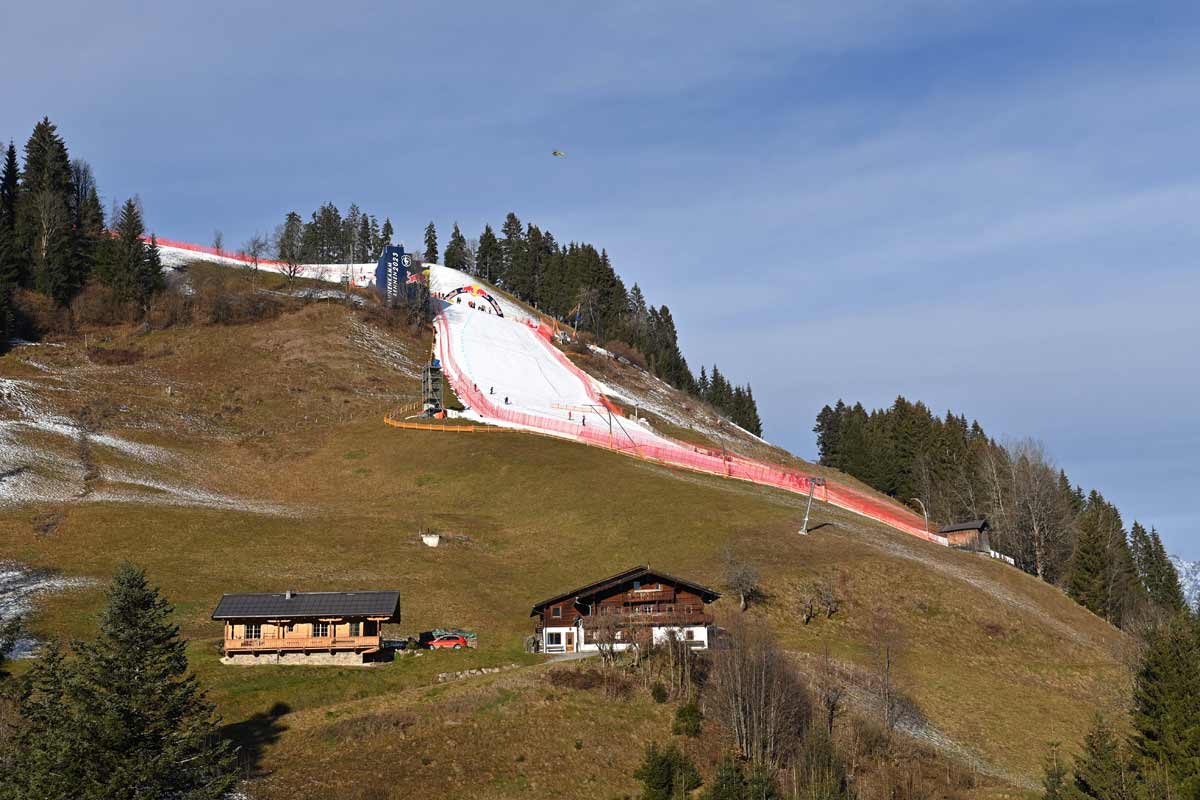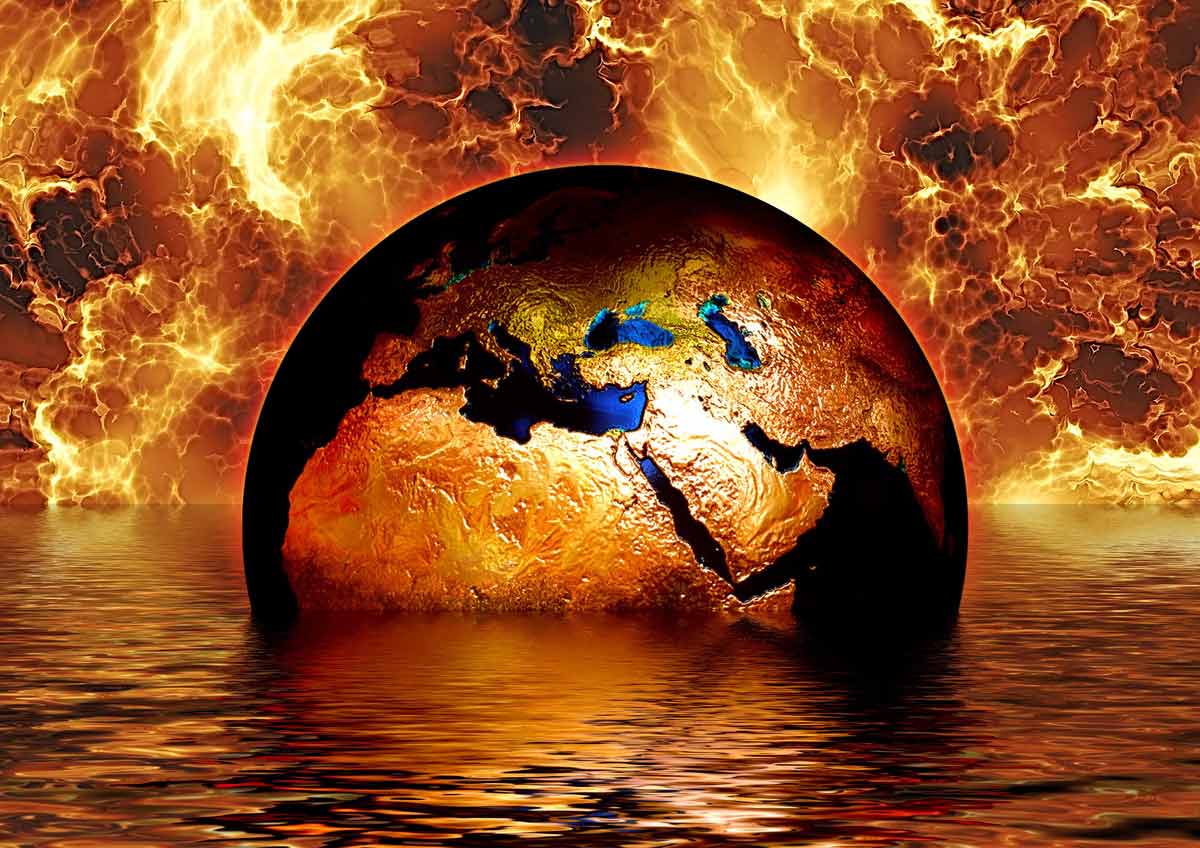We are all feeling the consequences of climate change at close quarters in different places. They are turning many familiar processes upside down and posing an immense threat to the biological balance. While we have been complaining about rising summer temperatures for a long time, winters have become far too mild in many places.
This is particularly problematic where not only individual communities but even entire regions live from winter tourism and depend on reliable snow. And professional winter sports are now also subject to major uncertainties that cause considerable difficulties.
Whereas 30 years ago one could still rely on certain snow depths in the low mountain ranges and high altitudes, nowadays the whole thing is becoming increasingly unpredictable. No one can predict whether it will snow enough. This makes it similar to a game of chance in the casino, such as the Bahigo Svizzerawhere the entire course of the game can also not be influenced. But what does this already mean in concrete terms for the affected regions of winter sports? What changes can be expected? We clarify that here and also explore the question of how and where the world's top athletes can continue to compete against each other.
What changes climate change will bring worldwide
On average, it is getting warmer around the globe due to the changing global climate. On the one hand, this seriously increases the risk of heavy precipitation such as rain and hail, and tropical cyclones are also becoming more likely and are increasingly hitting us with destructive force. On the other hand, extreme drought is also becoming much more frequent and, as a result, severe drought, due to which Crop failures and hunger crises in some parts of the world. Both extremes are also becoming threatening in the form of both forest fires and floods, with catastrophic consequences for people and the environment.
Sea levels have already risen noticeably, so higher dikes and dams are needed to protect people along the coasts. The oceans are also trying to buffer the greenhouse effect by storing excess heat. But the resulting higher water temperatures in the world's oceans also mean a critical imbalance in this sensitive ecosystem. Indeed, too many algae inevitably develop, reducing oxygen levels, which in turn naturally has a negative impact on all marine life. The altered acidity causes corals to die and damages microorganisms, which in turn are elementary for the entire food chain. Likewise, both increasing minimum and maximum temperatures can be observed. Arctic sea ice and glaciers melt, snow masses on the highest peaks decrease. Shocking processes that are all interconnected and influence each other, compounding the issue

Image: 17.01.2023, The Streif, the famous race course for the men's alpine skiing "Hahnenkamm" downhill race; no snow in sight all around, but the slope could be prepared for the race thanks to sufficient cold weather.
How the phenomenon is manifested in winter resorts
Of the symptoms described above, the deviating outside temperatures are a decisive point for all the areas in the mountains that live from winter tourism. Because with the winters that have become much more mild, there is also a lack of snow, which in itself is logically a basic prerequisite. Especially in the lower-lying resorts, the winter season has become much shorter.
The snowfall starts, if at all, much later than in the past, but is also much more unreliable and has decreased in quantity. Continuous operation of winter sports facilities is thus hardly conceivable any more. Consequently, in order to successfully compensate for the prevailing lack of snow, snowmaking technology must be used much more frequently.
Snowmaking technology is used to offer visitors the white atmosphere they hope for, with suitably well-groomed slopes. Everything depends on the operation of the ski areas, because a complete infrastructure is in turn linked to them, which generates a not inconsiderable percentage of regional jobs. Even in the previously snow-sure low mountain ranges, it now starts snowing much later.
Moreover, even up here, the average temperatures measured in the winter months are simply too low to guarantee a sufficient number of days with permafrost. The consequences are therefore quite similar, which is why it is unthinkable to dispense with the use of technical aids. However, the operation of snow cannons is very energy-intensive and therefore extremely expensive. In this respect, it is also a question of economic efficiency in the long term to what extent it can be resorted to.
Winter sports questionable in the future
This means that the fate of many winter sports resorts certainly remains in the stars. Only at high altitudes in the mountains does the problem seem to be even more manageable. According to measurements, regions above a certain minimum altitude are reasonably snow-sure, although this circumstance may of course change for the worse in the distant future.
Anyone who operates a winter sports area up here should not run out of customers any time soon. Based on extensive studies, experts believe that snow cannons will enable winter sports to continue to be practiced successfully in the Alps for decades to come. Something comparable should apply to well-known ski resorts in other countries that are in similar weather conditions.
For resorts located further down in the foothills, meanwhile, it is likely to become incredibly difficult to remain competitive under the current circumstances, because they simply incur too high costs. These costs will have to be passed on to the services offered, making skiing more expensive for sports enthusiasts in any case. At the same time, these increased prices, conversely, again create significant competitive disadvantages for the providers, so that some will probably not be able to hold out financially for too much longer.
What this means for professional sports
At the moment, the planned alpine ski Events to be held in the snow still on schedule, regardless of whether it is downhill, slalom or giant slalom. One has distributed the venues of the season to several areas in Slovenia, the Czech Republic, Sweden, Norway, Finland, Croatia, Italy, France, Germany, Austria, Switzerland, the USA and Canada, as well as Andorra, which are located in correspondingly good altitudes.
Nevertheless, it will certainly be necessary to help out in places in order to provide optimum snow conditions on the competition days. A realistic scenario could be to concentrate more on the very high altitudes above 3,500 meters in the future and to hold international competitions bundled in places like Zermatt in Switzerland, Chamonix in France or Aspen in the USA.
There, one expects reasonably stable snow cover for the next 20 years as well. Fewer and more extensive competitions could be a solution. Nevertheless, the difficulty remains as to how all professional athletes will continue to prepare ideally when the required snow is becoming increasingly scarce in the previous training camps.





